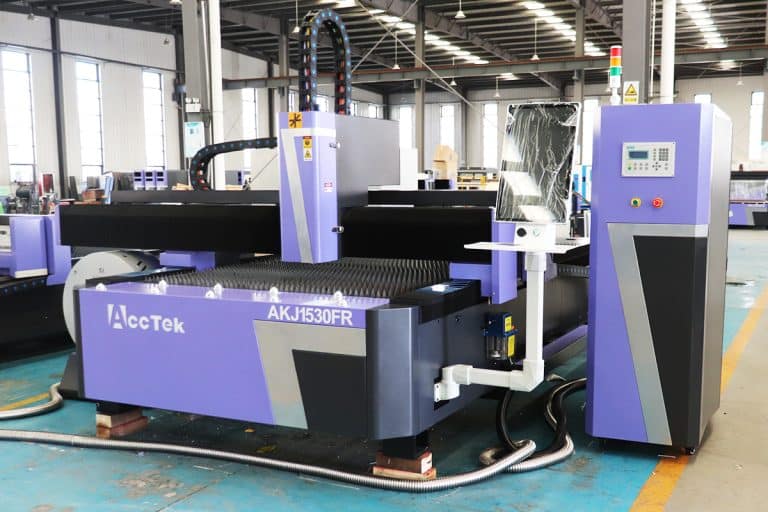
Precautions for Operating Laser Cutting Machines
This article provides a detailed overview of basic precautions for operating laser cutting machines, covering safety risks, proper setup, operating guidelines, maintenance procedures, and emergency preparedness.
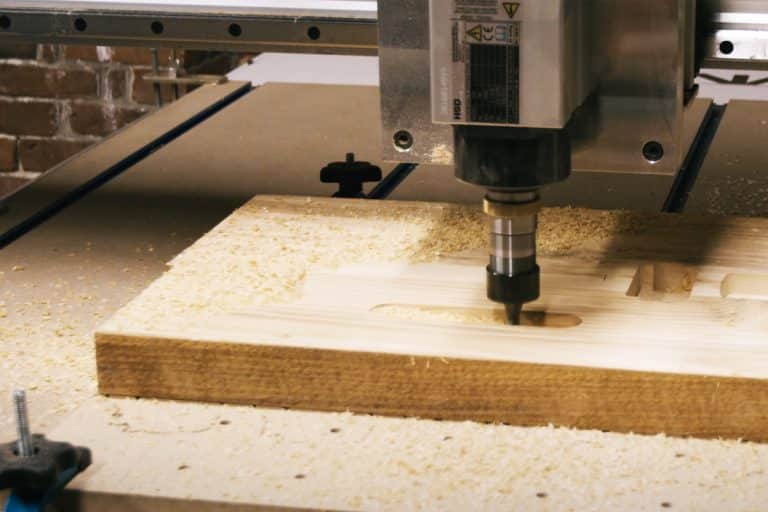
How to Choose the Right Router Bits for CNC Routers
This article explains how to select the right router bit for your CNC router, including cutter type, material, coating, and tip, to achieve precise, efficient, and durable cutting performance.
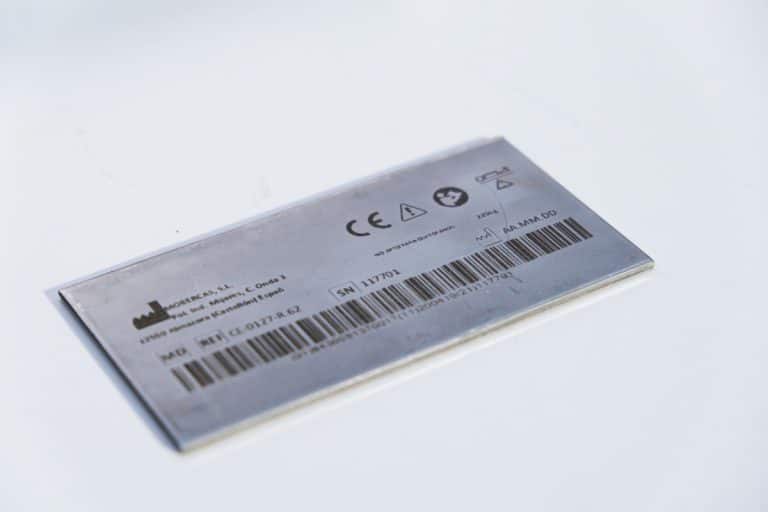
How Accurate Is Laser Marking
This article explores how laser marking achieves superior precision, the factors that influence this precision, and how various industries ensure consistent, high-quality, and permanent markings.
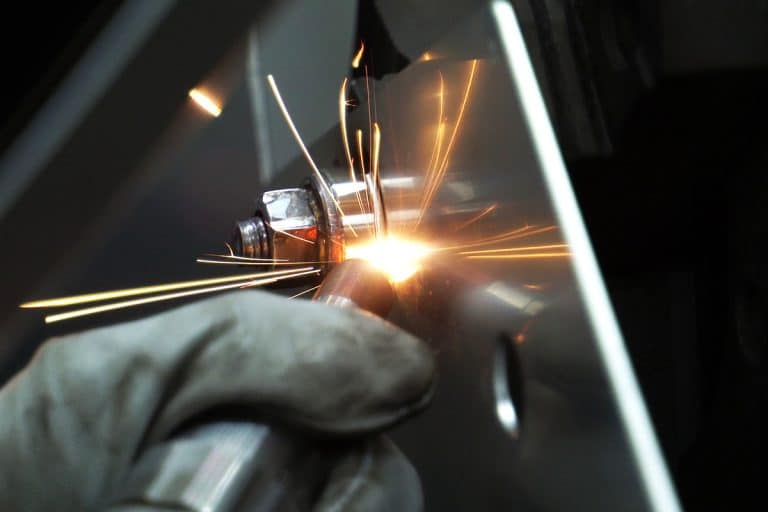
Laser Welding Brass Guide
This article is a comprehensive guide to brass laser welding, covering welding techniques, parameters, challenges, equipment selection, and best practices for achieving precise, high-quality welds.
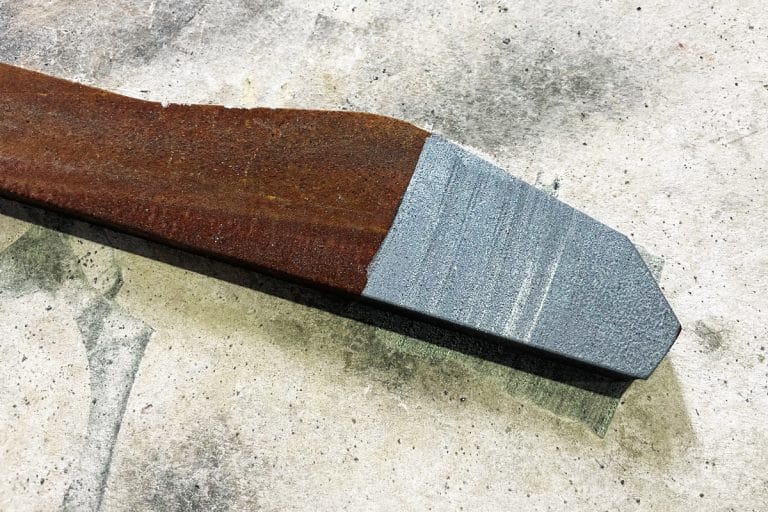
What Are the Common Problems With Laser Cleaning Machines
This article addresses the most common problems with laser cleaning machines, including performance issues, maintenance challenges, and practical solutions for reliable operation.
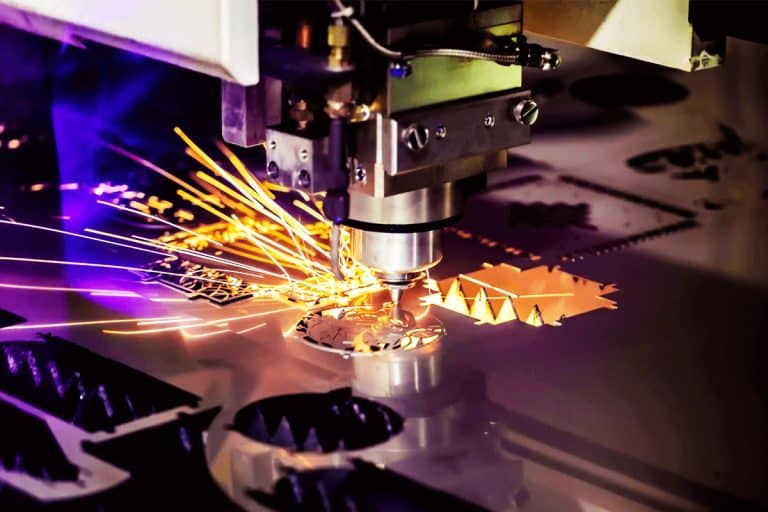
Is Laser Cutting Fume Toxic
This article explains what laser cutting fumes are, how they form, their health and environmental risks, and the safety measures needed for proper fume control and extraction.
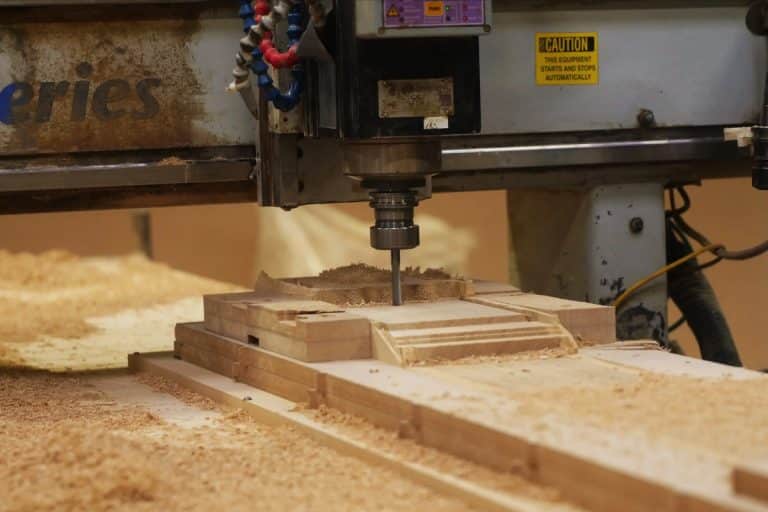
Stepper Motor VS Servo Motor
This article compares stepper motors and servo motors, detailing their working principles, performance characteristics, applications, and key differences in modern automation.
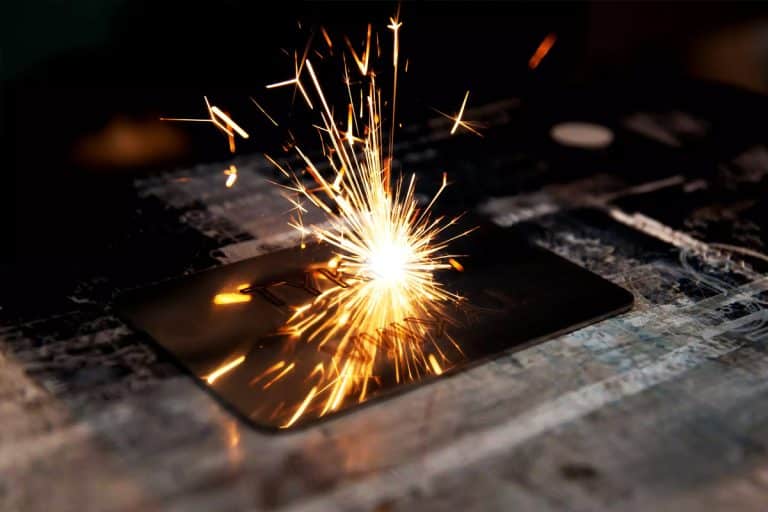
How To Maintain Laser Marking Machines
This article provides a comprehensive guide to maintaining your laser marking machine, including cleaning, inspection, cooling system care, and troubleshooting to ensure consistent operation and durability.
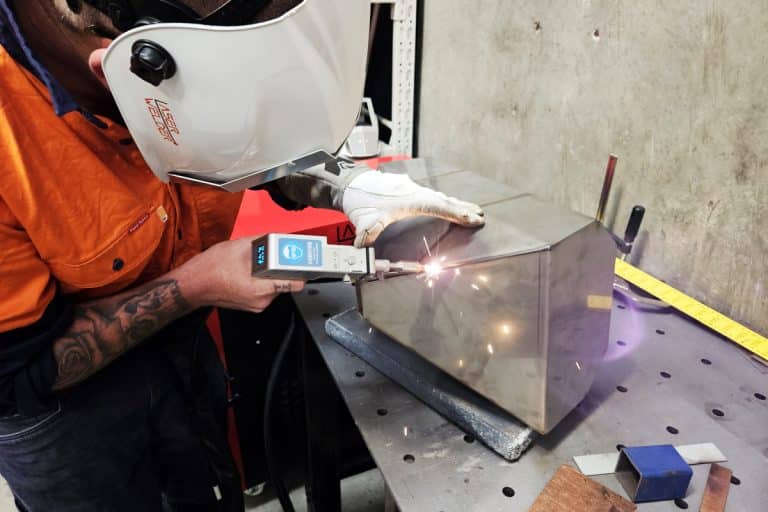
Autogenous VS Filler Laser Welding
This article explains the differences between autogenous and filler laser welding, detailing their principles, processes, parameters, and applications in industrial manufacturing.
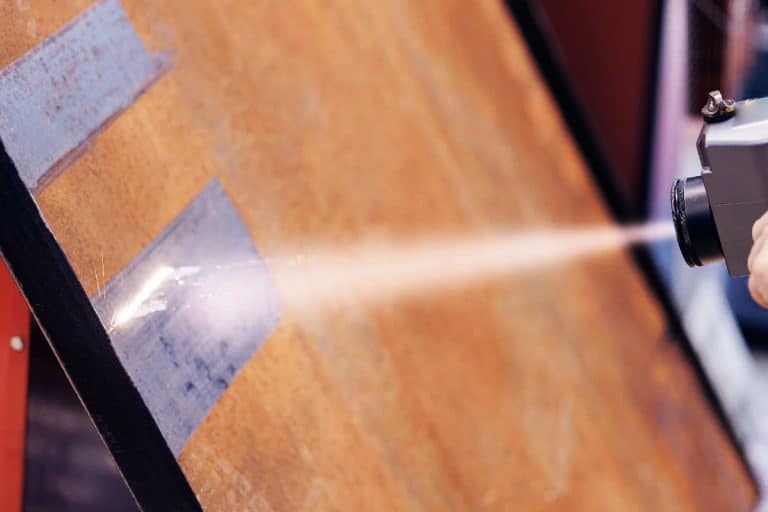
What Precautions Should Be Taken During Laser Cleaning
This article explains key precautions for safe laser cleaning, covering equipment setup, operator protection, ventilation, maintenance, and compliance with safety standards.
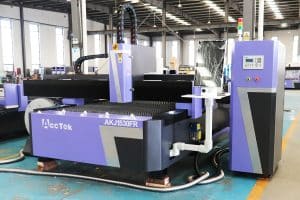
Precautions for Operating Laser Cutting Machines
This article provides a detailed overview of basic precautions for operating laser cutting machines, covering safety risks, proper setup, operating guidelines, maintenance procedures, and emergency preparedness.
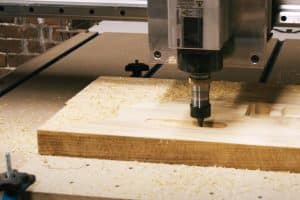
How to Choose the Right Router Bits for CNC Routers
This article explains how to select the right router bit for your CNC router, including cutter type, material, coating, and tip, to achieve precise, efficient, and durable cutting performance.
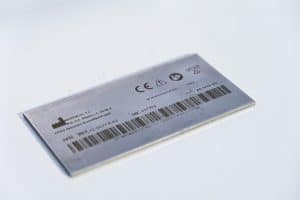
How Accurate Is Laser Marking
This article explores how laser marking achieves superior precision, the factors that influence this precision, and how various industries ensure consistent, high-quality, and permanent markings.
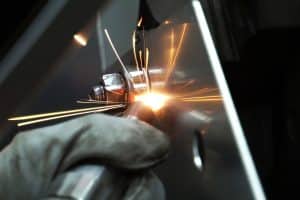
Laser Welding Brass Guide
This article is a comprehensive guide to brass laser welding, covering welding techniques, parameters, challenges, equipment selection, and best practices for achieving precise, high-quality welds.
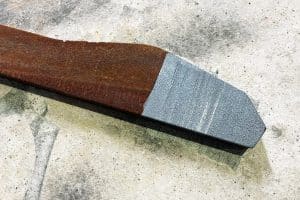
What Are the Common Problems With Laser Cleaning Machines
This article addresses the most common problems with laser cleaning machines, including performance issues, maintenance challenges, and practical solutions for reliable operation.
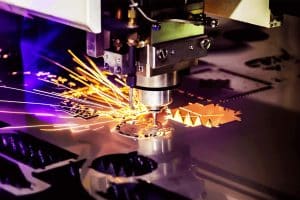
Is Laser Cutting Fume Toxic
This article explains what laser cutting fumes are, how they form, their health and environmental risks, and the safety measures needed for proper fume control and extraction.
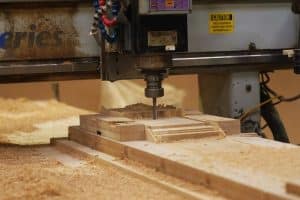
Stepper Motor VS Servo Motor
This article compares stepper motors and servo motors, detailing their working principles, performance characteristics, applications, and key differences in modern automation.
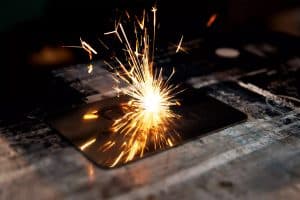
How To Maintain Laser Marking Machines
This article provides a comprehensive guide to maintaining your laser marking machine, including cleaning, inspection, cooling system care, and troubleshooting to ensure consistent operation and durability.
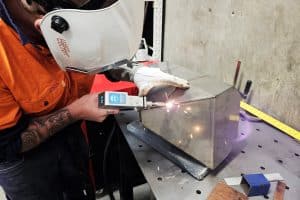
Autogenous VS Filler Laser Welding
This article explains the differences between autogenous and filler laser welding, detailing their principles, processes, parameters, and applications in industrial manufacturing.
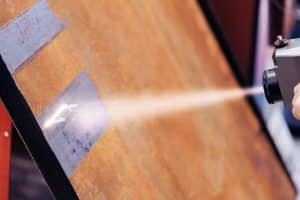
What Precautions Should Be Taken During Laser Cleaning
This article explains key precautions for safe laser cleaning, covering equipment setup, operator protection, ventilation, maintenance, and compliance with safety standards.
